When two particles are entangled, the state of one is tied to the state of the other.
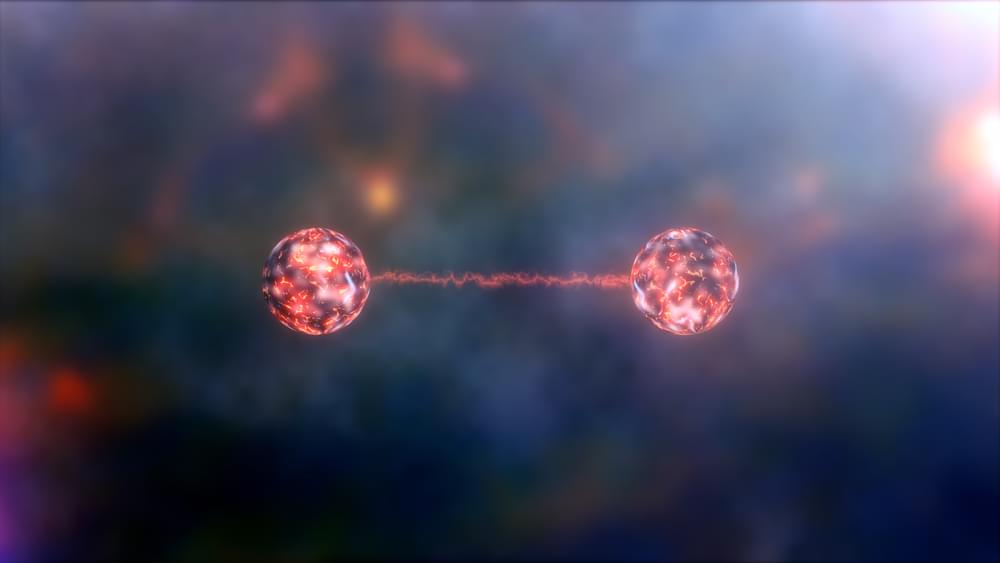

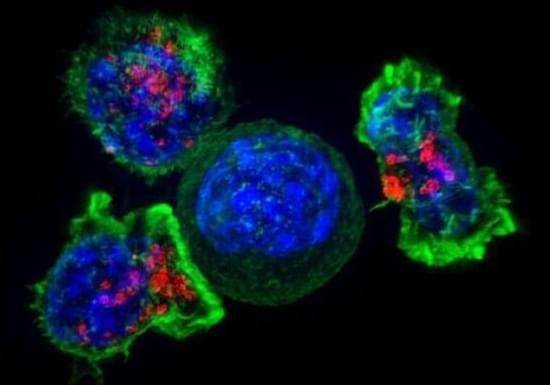
One of the challenges in treating cancer is stopping it from metastasizing, and a new study reveals one of the fundamental mechanisms through which this happens. Now we know about this mechanism, perhaps we can stop it.
Key to this newly discovered process is GRP78, and it’s what’s known as a chaperone protein. It’s a type of protein that lends a hand in the folding or unfolding of larger proteins, basically building them up (or tearing them down), which then affects whether they’re biologically active and functional.
A team led by the Keck School of Medicine at the University of Southern California (USC) in the US found that cancer cells can hijack GRP78, using the protein to spread further in the body and resist treatment.
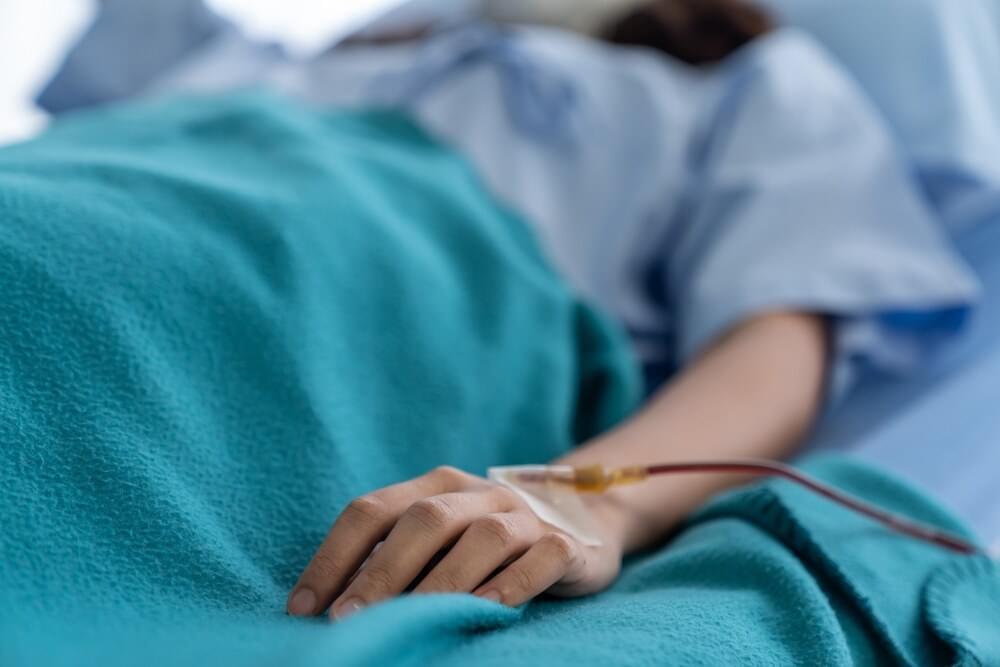
In a recent study published in PLoS ONE, researchers examine a wide range of lifestyle variables in the context of multimorbidity of chronic non-communicable illnesses.
Study: Lifestyle factors related to prevalent chronic disease multimorbidity: A population-based cross-sectional study. Image Credit: Amorn Suriyan / Shutterstock.com.

Imagine returning home from your evening walk or gym to the aroma of freshly cooked kadhai paneer or chicken curry, which instantly reminds you of home. Now, what if you were to know that it was no human that lovingly prepared this piping hot and delicious meal, but rather, a machine?
From booking cabs to ordering food right at your doorstep, technology makes human lives easy. So it’s about time it saves humans from having to cook after a long tiring day at work, or at times when you’re just not in the mood to enter the kitchen.
The NOSH device, developed by the Euphotic Labs, was conceived by Yatin Varachhia, co-founder of the Bengaluru-based startup. The 34-year-old says the inspiration to build a device stemmed from his struggle of having good food.


It sounds far-fetched, but researchers are trying to recreate subjective experience in AIs, even if disagreement over what consciousness is will make it difficult to test.
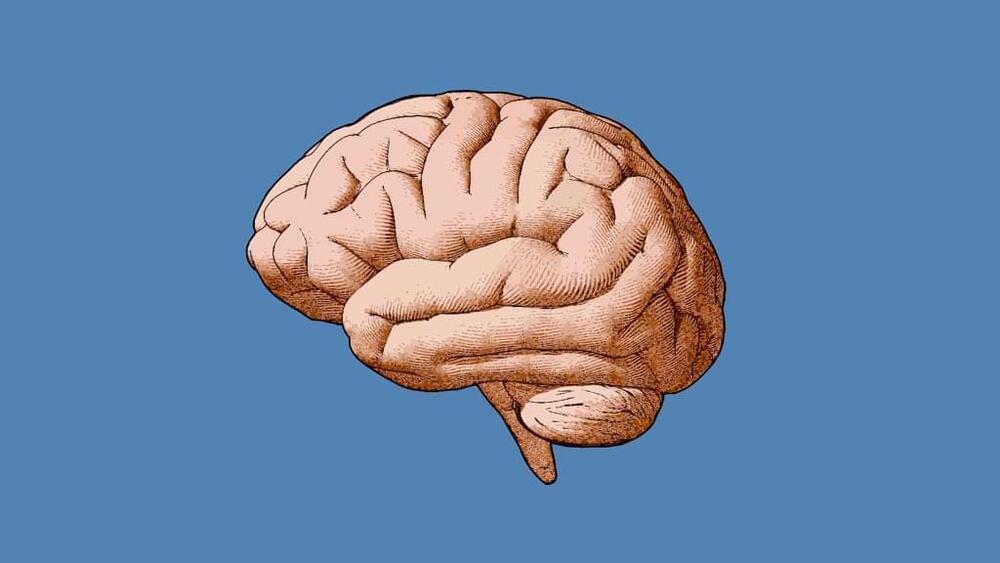
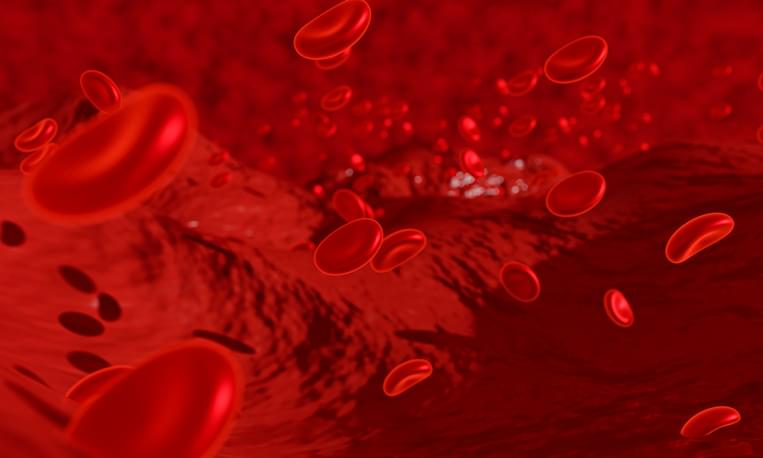

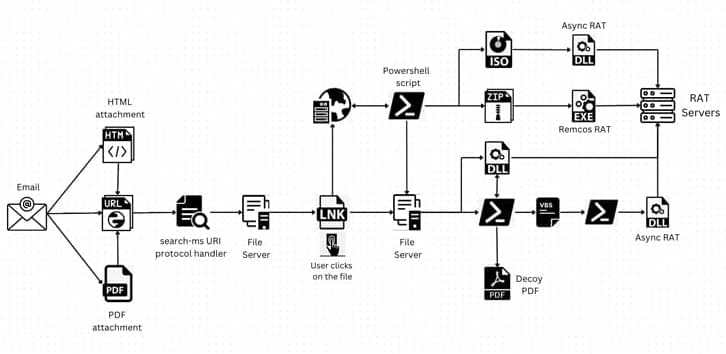
A legitimate Windows search feature is being exploited by unknown malicious actors to download arbitrary payloads from remote servers and compromise targeted systems with remote access trojans such as AsyncRAT and Remcos RAT.
The novel attack technique, per Trellix, takes advantage of the “search-ms:” URI protocol handler, which offers the ability for applications and HTML links to launch custom local searches on a device, and the “search:” application protocol, a mechanism for calling the desktop search application on Windows.
“Attackers are directing users to websites that exploit the ‘search-ms’ functionality using JavaScript hosted on the page,” security researchers Mathanraj Thangaraju and Sijo Jacob said in a Thursday write-up. “This technique has even been extended to HTML attachments, expanding the attack surface.”